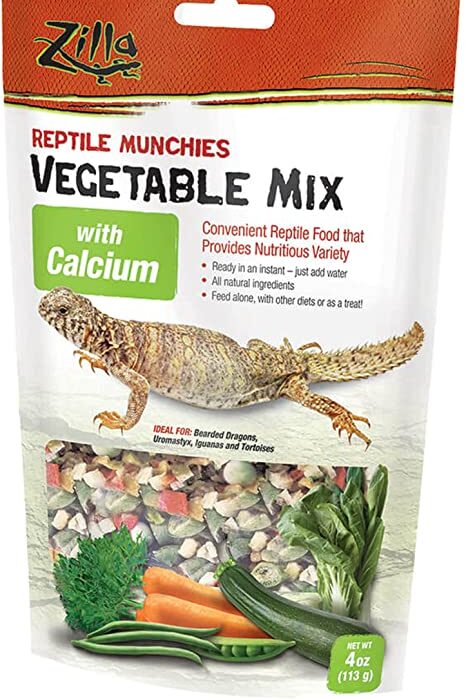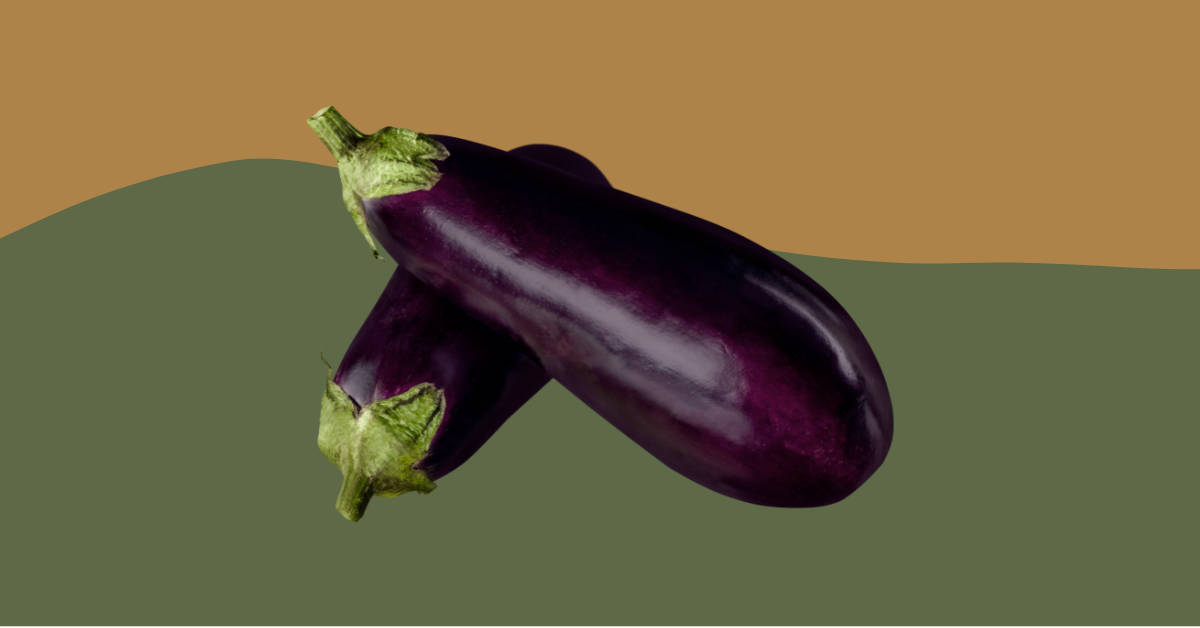Yes, bearded dragons can eat leaves, but it is essential to feed them the right types of leaves in appropriate portion sizes. Generally, a serving size of a small handful of leaves is sufficient for adult bearded dragons.
Table of contents
As omnivorous creatures, they enjoy a varied diet that includes insects, vegetables, and fruits. This article will provide the do’s and don’ts, best practices, and a step-by-step preparation guide for feeding leaves to your bearded dragon. Learn about bearded dragon care and find answers to frequently asked questions.
Related Article: Bearded Dragon Care: Expert Tips and Insights
Do’s
- Offer a variety of leafy greens: Provide your bearded dragon with a mix of different leafy greens such as collard greens, mustard greens, dandelion greens, and turnip greens. These are all safe and nutritious options for your pet.
- Wash the leaves thoroughly: Make sure to rinse the leaves properly to remove any dirt, pesticides, or chemicals before feeding them to your bearded dragon.
- Chop the leaves: Cut the leaves into small, bite-sized pieces to make it easier for your bearded dragon to eat and digest them.
- Monitor your bearded dragon’s reaction: Keep an eye on your bearded dragon after introducing a new type of leaf to their diet to check for any signs of discomfort or digestive issues.
Don’ts
- Avoid lettuce: Despite being a leafy green, lettuce is low in nutrients and has a high water content, which can cause diarrhea in bearded dragons.
- Stay away from toxic plants: Some plants, such as rhubarb, avocado, and onion, are toxic to bearded dragons and should never be fed to them.
Best Practices for Feeding Leaves to Bearded Dragons
Following best practices when feeding your bearded dragon will ensure their safety and overall health. Here are some best practices to keep in mind:
- Rotate leafy greens: Offer a variety of leafy greens to your bearded dragon, rotating them regularly to ensure a balanced diet and to prevent boredom. Each type of leafy green has its unique nutritional profile, and offering a mix will help meet your bearded dragon’s nutritional needs.
- Combine with other vegetables and fruits: Mix leaves with other safe vegetables like bell peppers, squash, and carrots, as well as fruits like berries, apples, or mangoes to provide a well-rounded meal. This variety will not only offer a diverse range of nutrients but will also keep your bearded dragon interested in its food.
- Feed leaves in moderation: Leaves should not make up the entirety of your bearded dragon’s diet. Ensure they are also consuming insects and other food sources for a balanced diet. Aim for a diet of about 80% vegetables and fruits, and 20% insects for adult bearded dragons, while younger dragons need more protein from insects.
- Remove uneaten food: After your bearded dragon has finished eating, remove any leftover leaves and vegetables from their enclosure to prevent spoilage and bacterial growth.
- Gradually introduce new leafy greens: When introducing a new type of leafy green to your bearded dragon’s diet, do so gradually. Start by mixing a small amount of the new leaf with their regular leafy greens, and then slowly increase the proportion of the new leaf over time. This will help your bearded dragon adjust to the new food and minimize the risk of digestive issues.
- Observe calcium to phosphorus ratio: Choose leafy greens that have a calcium-to-phosphorus ratio of at least 2:1, as this is ideal for bearded dragons. Examples include collard greens, dandelion greens, and mustard greens.
- Dust leaves with calcium supplement: Lightly dust the leaves with a calcium supplement, especially if you have a young, growing bearded dragon or a female that is gravid (carrying eggs). This will help meet their increased calcium requirements.
- Monitor your bearded dragon’s health: Keep an eye on your bearded dragon’s health and behavior after introducing new leafy greens to their diet. If you notice any signs of discomfort, digestive issues, or changes in their stool, consult a veterinarian for guidance.
Related Article: Bearded Dragon Feeding Guide: Nutrition Tips
Step-by-Step Guide to Preparing Leaves for Your Bearded Dragon
Step 1
Select the right leaves: Choose safe, nutrient-rich leaves such as collard greens, mustard greens, dandelion greens, or turnip greens.
Step 2
Rinse the leaves: Wash the leaves thoroughly under running water to remove any dirt, pesticides, or chemicals.
Step 3
Chop the leaves: Cut the leaves into small, bite-sized pieces for easy consumption and digestion.
Step 4
Prepare a salad: Combine the chopped leaves with other safe vegetables to create a well-rounded meal.
Step 5
Serve: Place the salad in a shallow dish and offer it to your bearded dragon.
Need Recommendations?
Here’s Our Top Amazon Picks
You may also like 📖
Frequently Asked Questions
How often should I feed my bearded dragon leaves?
Adult bearded dragons can be fed leafy greens daily, while younger dragons may require more protein from insects. Juvenile bearded dragons should have a higher proportion of insects (about 50-70% of their diet) and can be fed leafy greens every other day. As the bearded dragon matures, gradually increase the proportion of leafy greens in their diet.
Can I feed my bearded dragon leaves from my garden?
Yes, but only if you’re sure the plants are safe and free of pesticides or chemicals. Always wash the leaves thoroughly before feeding them to your pet. Also, make sure you only pick leaves from plants that are known to be safe for bearded dragons, as some plants can be toxic to them.
Do bearded dragons prefer cooked or raw leaves?
Bearded dragons should be fed raw leaves, as cooking can cause nutrient loss and alter the texture, making them less appealing. Raw leaves offer more nutritional value and better mimic their natural diet.
Can I feed my bearded dragon dried leaves?
It is best to feed fresh leaves to ensure optimal nutrition. However, if fresh leaves are unavailable, you can use dried leaves as long as they are from a trusted source and free of additives or preservatives. Rehydrate the dried leaves with water before feeding them to your bearded dragon.
What are the signs that my bearded dragon is not tolerating a particular leafy green well?
If your bearded dragon is not tolerating a specific type of leafy green, they may show signs like loss of appetite, lethargy, vomiting, diarrhea, or changes in their stool consistency and color. If you notice any of these signs after introducing a new leafy green, remove it from their diet and consult a veterinarian.
How can I encourage my bearded dragon to eat more leafy greens?
Some bearded dragons may be hesitant to eat leafy greens, especially if they are used to a diet of mostly insects. To encourage your bearded dragon to eat more leafy greens, try offering a variety of leafy greens with different textures and flavors, hand-feeding the leaves, or mixing them with their favorite insects or fruits.
Is it necessary to provide a vitamin supplement if my bearded dragon is eating a variety of leafy greens?
Even with a varied diet of leafy greens, it’s essential to provide your bearded dragon with a vitamin and mineral supplement to ensure their nutritional needs are met. Lightly dust their food with a reptile-specific vitamin and mineral supplement a few times a week, following the manufacturer’s recommendations.
What is the ideal temperature for bearded dragons when offering them leafy greens?
The optimal temperature for bearded dragons to digest their food, including leafy greens, is between 95-110°F (35-43°C) in their basking area. This temperature range allows them to efficiently digest and absorb nutrients from the food they consume. Make sure to maintain the appropriate temperature gradients in their enclosure for optimal health.
Conclusion and final thoughts 💭
Feeding your bearded dragon a balanced diet that includes a variety of leafy greens is essential for their health and well-being. By following the do’s and don’ts, best practices, and the step-by-step preparation guide provided in this article, you can ensure that your bearded dragon receives the necessary nutrients and enjoys a well-rounded diet.
Always remember to monitor your bearded dragon’s health and behavior as you introduce new foods and consult a veterinarian if you have any concerns or questions about their diet. With proper care and attention, your bearded dragon will thrive and live a happy, healthy life.
Looking for more? Here’s our roadmap:
General Bearded Dragon Pet Owners Guide
Bearded dragons are native to the arid regions of Australia and are known for their unique beard-like appearance. As pets, they have become increasingly popular due to their friendly and inquisitive nature, making them an ideal choice for reptile enthusiasts. Bearded dragons are diurnal, meaning they are active during the day, and their average lifespan ranges from 8 to 12 years, with proper care. When considering adopting a bearded dragon, it’s essential to be prepared for a long-term commitment and be well-informed about their care requirements.
One of the most crucial aspects of bearded dragon care is providing an appropriate enclosure. Adult bearded dragons thrive best in a 20 to 50-gallon tank, but a larger enclosure is always better. It’s important to always keep the tank clean. The tank should have a basking area with a temperature range of 95-110 degrees Fahrenheit, as well as a cooler area with a temperature between 75-85 degrees Fahrenheit. In addition, bearded dragons need access to UVB lighting to help them synthesize vitamin D3 and properly metabolize calcium, which is vital for their bone health.
A balanced diet is essential for a healthy bearded dragon. Their dietary requirements change throughout their life stages; juvenile bearded dragons need a higher protein intake, with insects making up around 80% of their diet and the remaining 20% consisting of vegetables and fruits. As they grow into adults, their diet should consist of approximately 20% insects and 80% vegetables and fruits. It’s important to offer a variety of food items to ensure they receive all the necessary nutrients, and to dust their food with calcium and multivitamin supplements as recommended by a reptile specialist or veterinarian.
Regular interaction and observation of your bearded dragon are vital for maintaining their well-being. Handling your pet gently and frequently can help build trust and strengthen your bond. Monitor your bearded dragon’s behavior, appetite, and overall health to detect any potential issues early on. If you notice any signs of illness, such as lethargy, loss of appetite, or irregular bowel movements, consult a reptile specialist or veterinarian for guidance. Proper care, feeding, and attention will ensure your bearded dragon remains a happy and healthy companion for years to come.







Leave a Reply